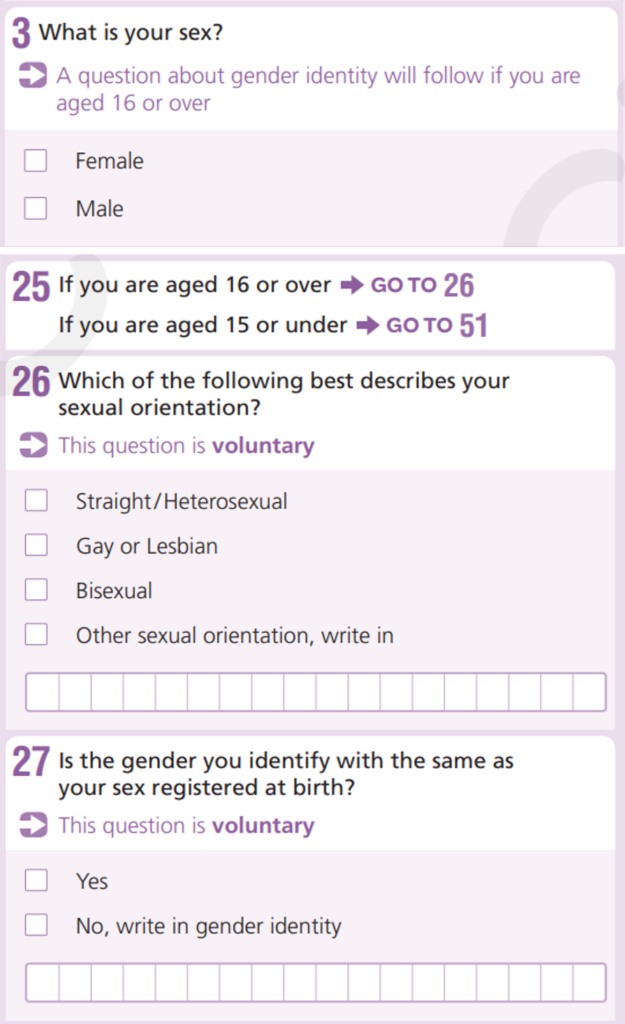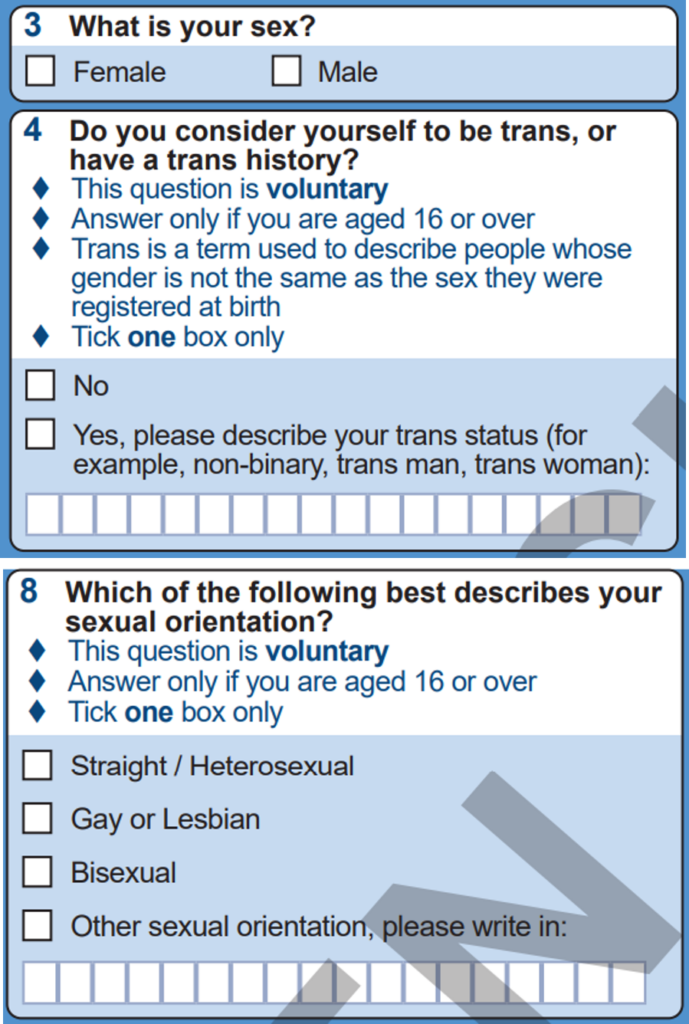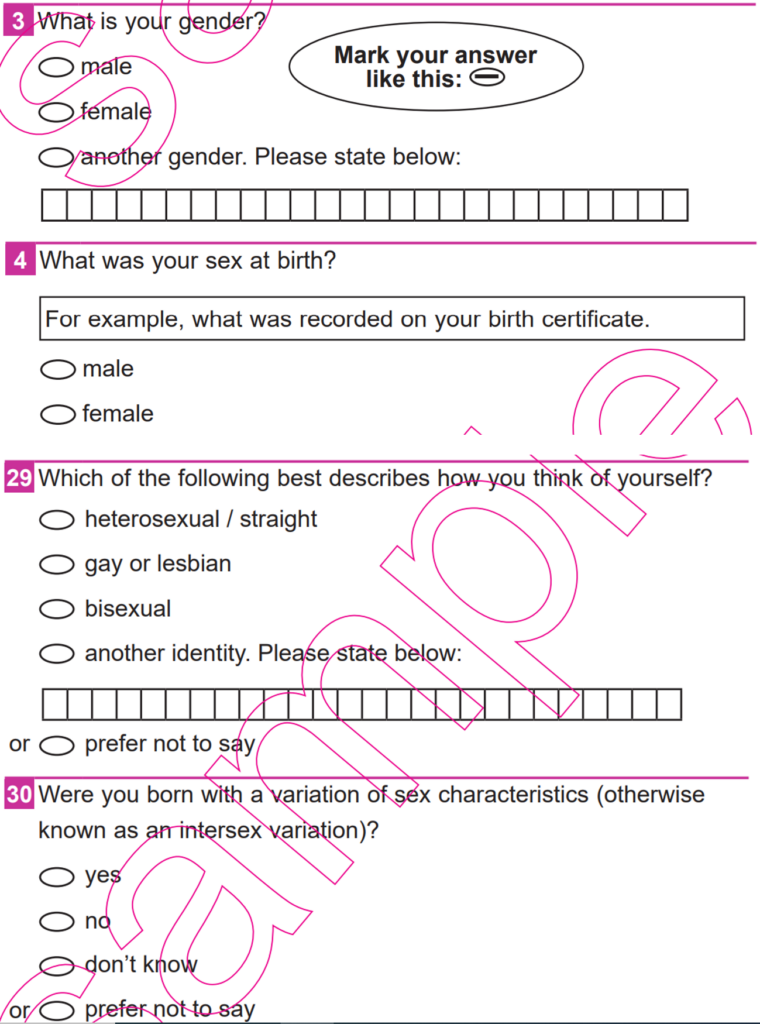One of the cornerstones of the 2030 Agenda for Sustainable Development is its commitment to leave no one behind. Ensuring that no one is left behind in our efforts to achieve sustainable development and decent work for all requires timely, reliable, and accurate statistics to cast light on the current situation and monitor progress.
Before the 2020 population census round, no census had ever collected data on sexual orientation and gender identity. In this round, however, a few countries started collecting it, and others may be doing it soon.
Some possible sources of labour statistics on LGBTIQ+ people include censuses, probability sample surveys and non-probability sample surveys. The census being a whole-population count, it has no risk of sampling errors, can provide estimates of the size of the LGBTIQ+ population (and its geographical distribution), and can yield data on key socioeconomic and living conditions of LGBTIQ+ people compared to the rest of the population. The census is also typically used as a sample frame for surveys, giving the possibility that these minorities be better represented in samples drawn for surveys.
This blog describes current country practices in measuring sexual orientation and gender identity in population censuses, still a developing area of official statistics.
Lessons based on continuous learning
The Office of the Chief Statistician of the United States provided an example sexual orientation and gender identity module and recognized in its Recommendations on the best practices for the collection of sexual orientation and gender identity data on federal statistical surveys that these evolve through continuous learning. To remain useful and reflect legal, social, and cultural changes, measurement practices need to be flexible and adaptable. The Williams Institute at UCLA School of Law has also done in-depth research on the measurement of sexual and gender identity and has produced a list of best practices and recommendations. In addition, the Bureau of the Conference of European Statisticians (UNECE) carried out a detailed review of gender identity measures.
Some of the key considerations applying to population censuses stemming from these reviews are:
- Testing – Thorough qualitative and quantitative testing is required to ensure that the new measures are effective and address privacy concerns and confidentiality issues due to small numbers, while not affecting the quality of the other (long-standing) census questions. If privacy concerns are not addressed (including about the publication of results), respondents may prefer not to disclose their sexual orientation and gender identity, leading to under-reporting of an already small population.
- Engagement – The process of question development and collection mode selection must be inclusive and collaborative to ensure best results. For instance, Stats NZ in New Zealand developed the data standard for gender, sex, and variations of sex characteristics following extensive public consultation and with input from government agencies, international peers, and an external advisory group including subject matter experts and community advocates.
- Questions wording and language – The terms and phrasing should be carefully chosen so that they are intuitively understood, avoiding confusion and sensitivity issues of target and non-target populations. Impact of translation and culturally specific terms must be considered.
- Number and type of questions – One key issue is to determine how many questions are needed to accurately collect the desired information without affecting overall data quality. Likewise, the decision of using close or open-ended questions should be informed by testing and engagement. The understanding of gender identity may be different across cultures, leading to a different ideal number and type of questions. Several practices favour the use of one question on the sex assigned at birth, one on current gender identity, and one on sexual orientation. For the question on gender identity, a common practice is to have the traditional two binary categories as close-ended pre-defined options and the third category allowing for an open-ended response. For a small population, the impact of data collection errors or typos can be major on the estimate. False positives can be minimized with a check to validate a response of the third category, for instance requiring not only to tick the box for the corresponding option but also to enter text further specifying the response, or prompting a confirming question when this box is ticked.
- Administration mode and proxy responses – Paper census questionnaires filled in by interviewers may yield different results than self-administered online questionnaires, especially for topics considered sensitive or private. Interviewers’ training is essential for them to reassure respondents and clarify doubts. Also, it is common practice in censuses that one household member provides the information on behalf of all household members, which may hinder the accuracy of responses.
- Voluntary versus mandatory responses – Population censuses are often mandatory, or at least large portions of the census forms are. However, it may be decided that it is best for questions on sexual and gender identity to be voluntary, at least as an interim measure until these new questions gain recognition. Engagement with relevant partners and civil society groups is crucial to raise awareness of the importance of replying accurately to these questions, especially if they are voluntary. Otherwise, under-reporting may affect results’ quality.
- Age coverage – Current practices of measuring sexual orientation and gender identity in censuses avoid asking those questions to children and restrict the module to respondents above a certain age.
Some country practices in population censuses
United Kingdom
The 2021 census in England and Wales was historic: it was the first in the world to include both a question on sexual orientation and a question on gender identity. Scotland followed suit in 2022, but in Northern Ireland, the 2021 census did not cover gender identity, although it did cover sexual orientation (with a “prefer not to say” category added to the categories in the England and Wales questionnaire).
For this census round, respondents were encouraged to fill the questionnaire online and on their own, facilitating the disclosure of sexual orientation and gender identity. They could also complete an individual form as a supplement to an existing household form with alternative answers to any of the questions on the form.
While most of the census questions were mandatory, the questions on sexual orientation and gender identity were voluntary, and applicable only to people aged 16 and over.


Ecuador
Resulting from a thorough and collaborative process on the creation of the questionnaire for the 2022 census, questions on sexual orientation and gender identity were included. This represented a milestone for the country and the region, which allowed not only to have a first approximation of the size of the LGBTIQ+ population but also to know their characteristics and living conditions. The questions were added to the end of the individual module as voluntary questions asked only to respondents aged 18 and above.

New Zealand
The content of the 2023 Census was decided by the Deputy Government Statistician and Deputy Chief Executive for Census and Collection Operations based on thorough engagement and testing. It included questions on sexual and gender identity and variations of sex characteristics, which were only asked for persons aged 15 and above. Prior to this, Stats NZ was already successfully collecting data on sexual and gender identity and gender in household surveys.

The examples of countries covering both sexual orientation and gender identity in their census are limited but there are some additional countries covering gender identity only. In the 2020 census round, some countries which followed the practice included:
- Canada (the 2021 census included one question on sex at birth and another on gender with the option to enter a non-pre-defined answer),
- Australia (the 2021 census included a non-binary sex option after the 2016 census had recorded very small numbers of gender-diverse people in relation to the practice of including only two binary sex categories on the form and asking respondents to request access to a special online form to report another option), and
- Argentina (the 2022 census included a gender identity question with eight possible answers, including “prefer not to say” and “does not know”).
Some other countries such as Australia, Brazil, and the United States, have conducted thorough testing and devised plans to include sexual orientation and gender identity questions in their population census but ultimately decided against it for data privacy and quality concerns. Some of them decided to include these questions in key national sample surveys in preparation for or as an alternative to their inclusion in the census.
Administrative data sources and register-based censuses
An increasing number of countries are integrating administrative sources with census enumeration to optimize resources and improve data quality. In fact, by the 2020 census round, at least 16 countries implemented a register-based census and an additional 29 countries conducted combined censuses. This bears particular significance for data collection on sexual orientation and gender identity since these may not be recorded in administrative sources or not with the desired categories. Data requirements for official administrative registers are often determined by law or in regulations, and any possible change to the categories must follow proper assessment of the impact on the timeseries. Institutional cooperation, including amongst the national statistical office and government agencies maintaining administrative registers, is key to ensure the coordination of updates to sexual and gender identity measures in statistical collections and administrative programmes.
Legal, social, and cultural advances can drive policy and institutional changes including the contents of official records or poulation census forms. Measuring sexual and gender identity is still new for official statistics especially in population censuses, but continuous learning, consultations and testing are leading to novel practices which will in turn keep evolving based on experience.
Author
-
Rosina Gammarano
Rosina is a Senior Labour Statistician in the Statistical Standards and Methods Unit of the ILO Department of Statistics. Passionate about addressing inequality and gender issues and using data to cast light on decent work deficits, she is a recurrent author of the ILOSTAT Blog and the Spotlight on Work Statistics. She has previous experience in the Data Production and Analysis Unit of the ILO Department of Statistics and the UN Resident Coordinator’s team in Mexico.
View all posts
